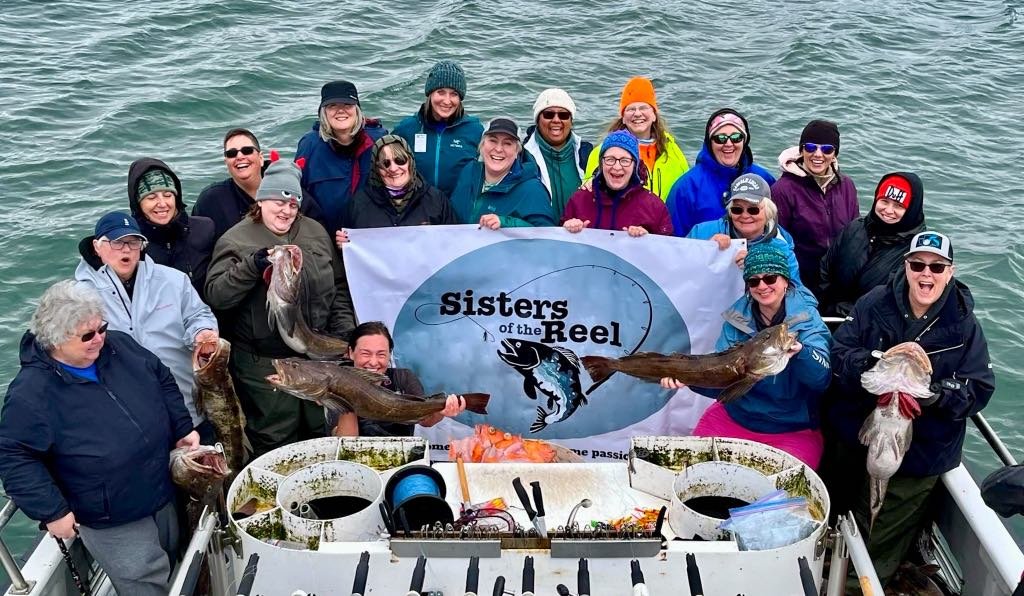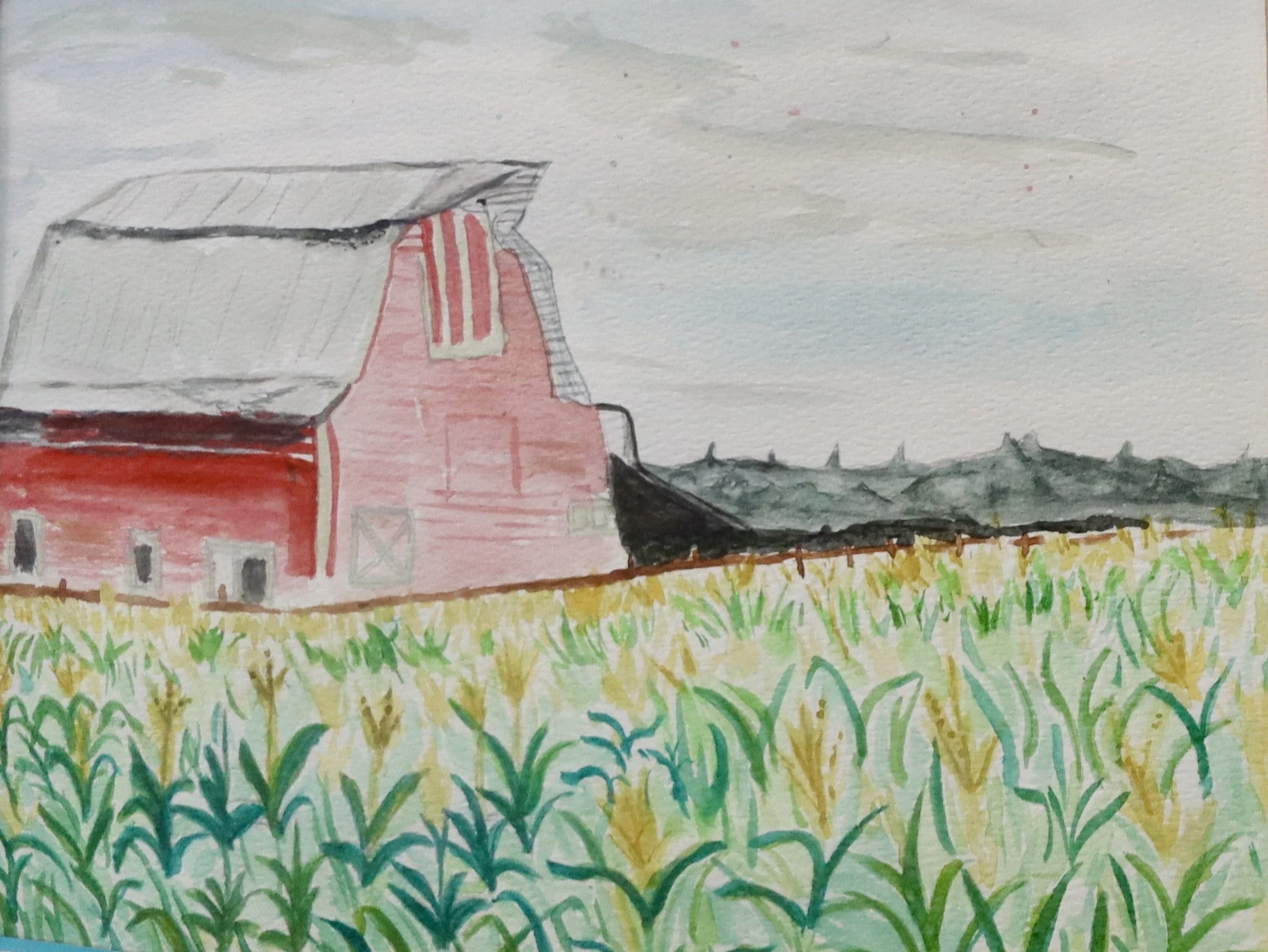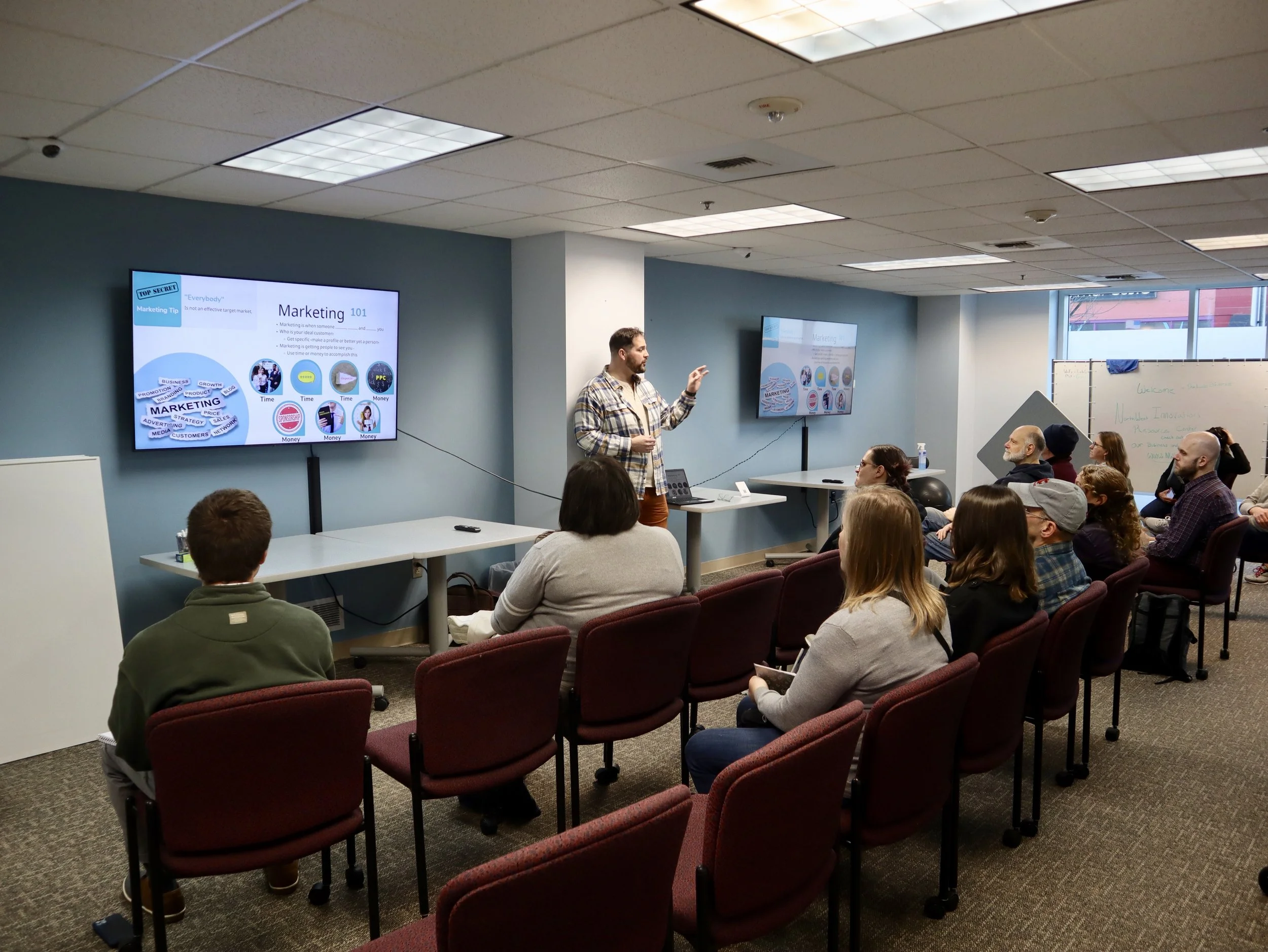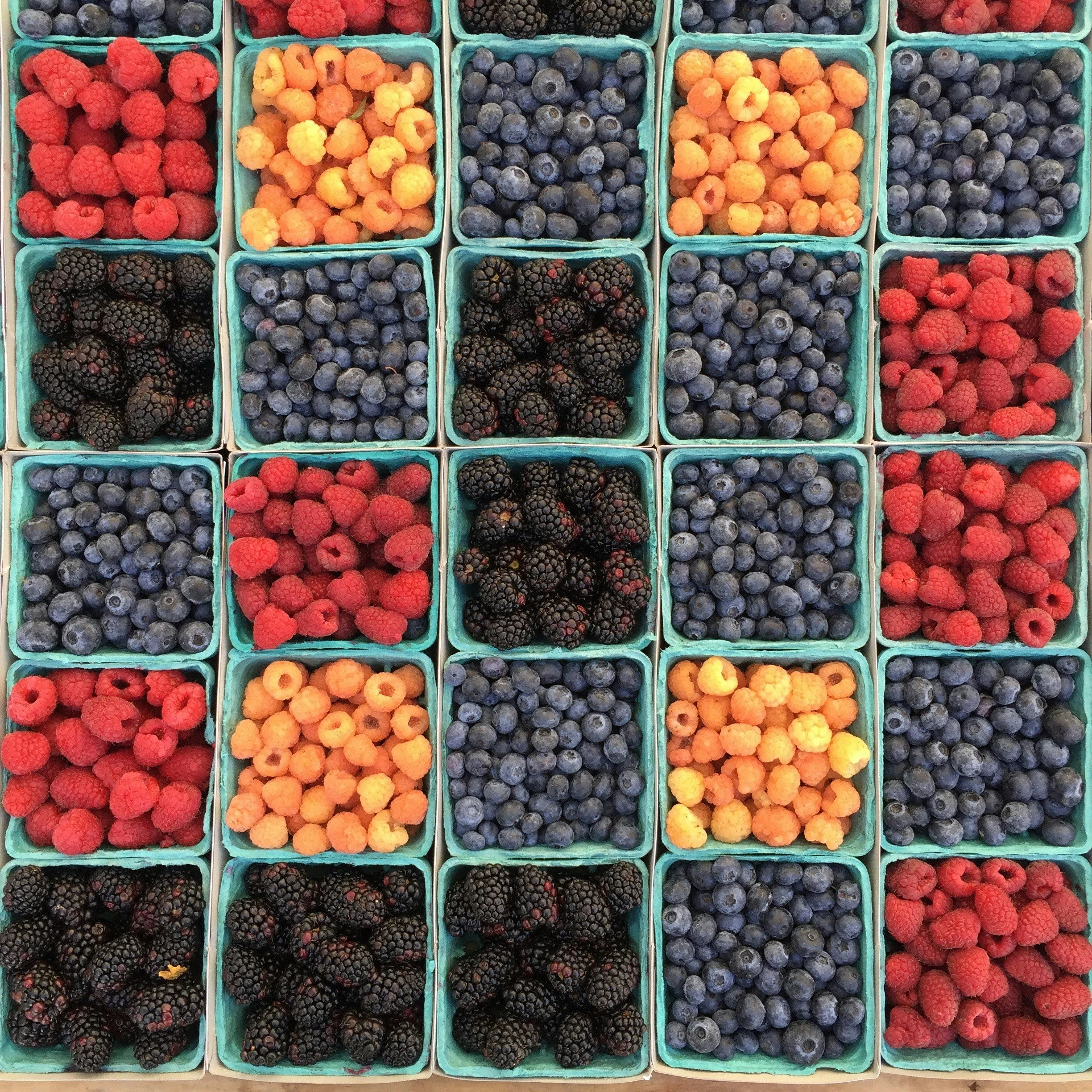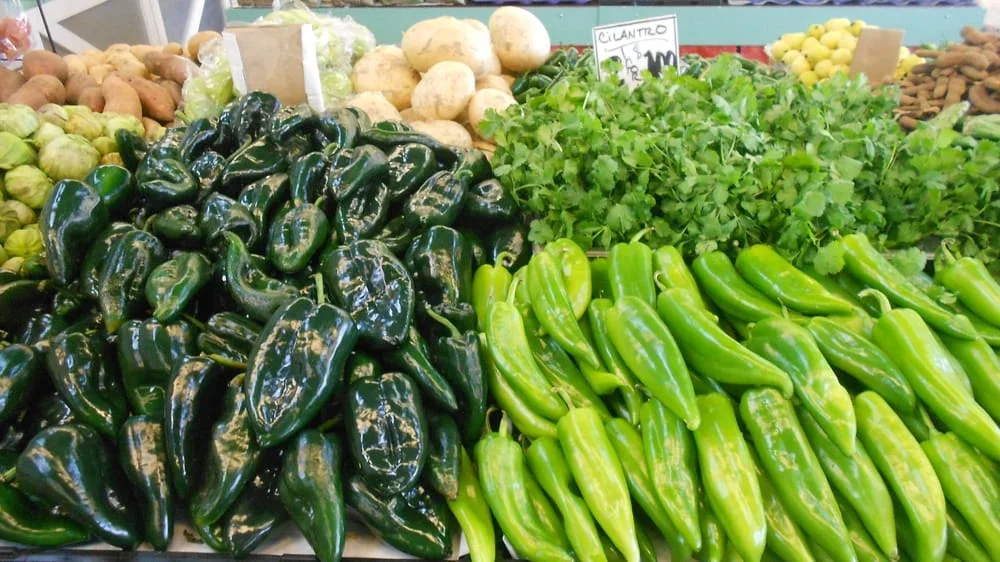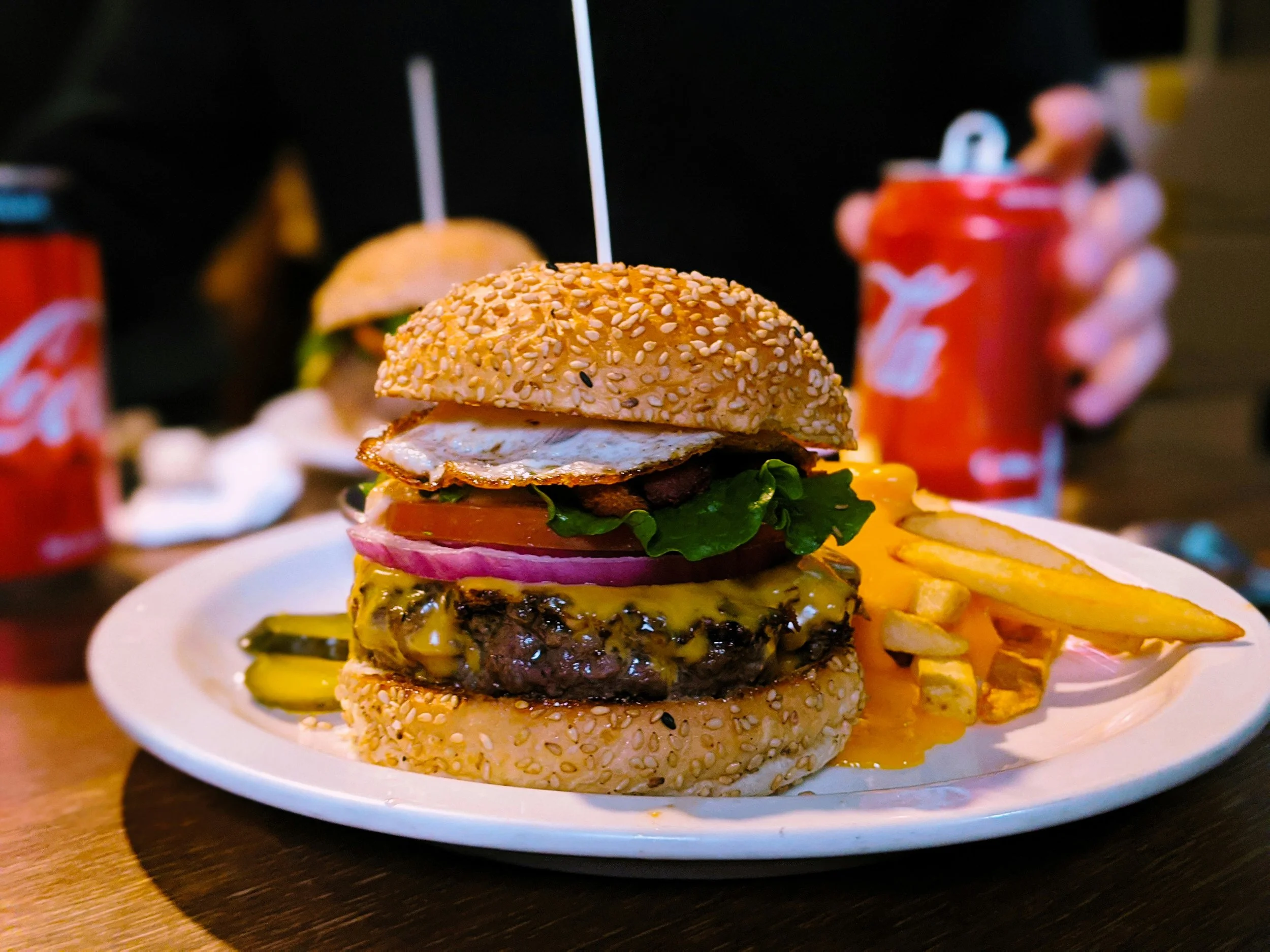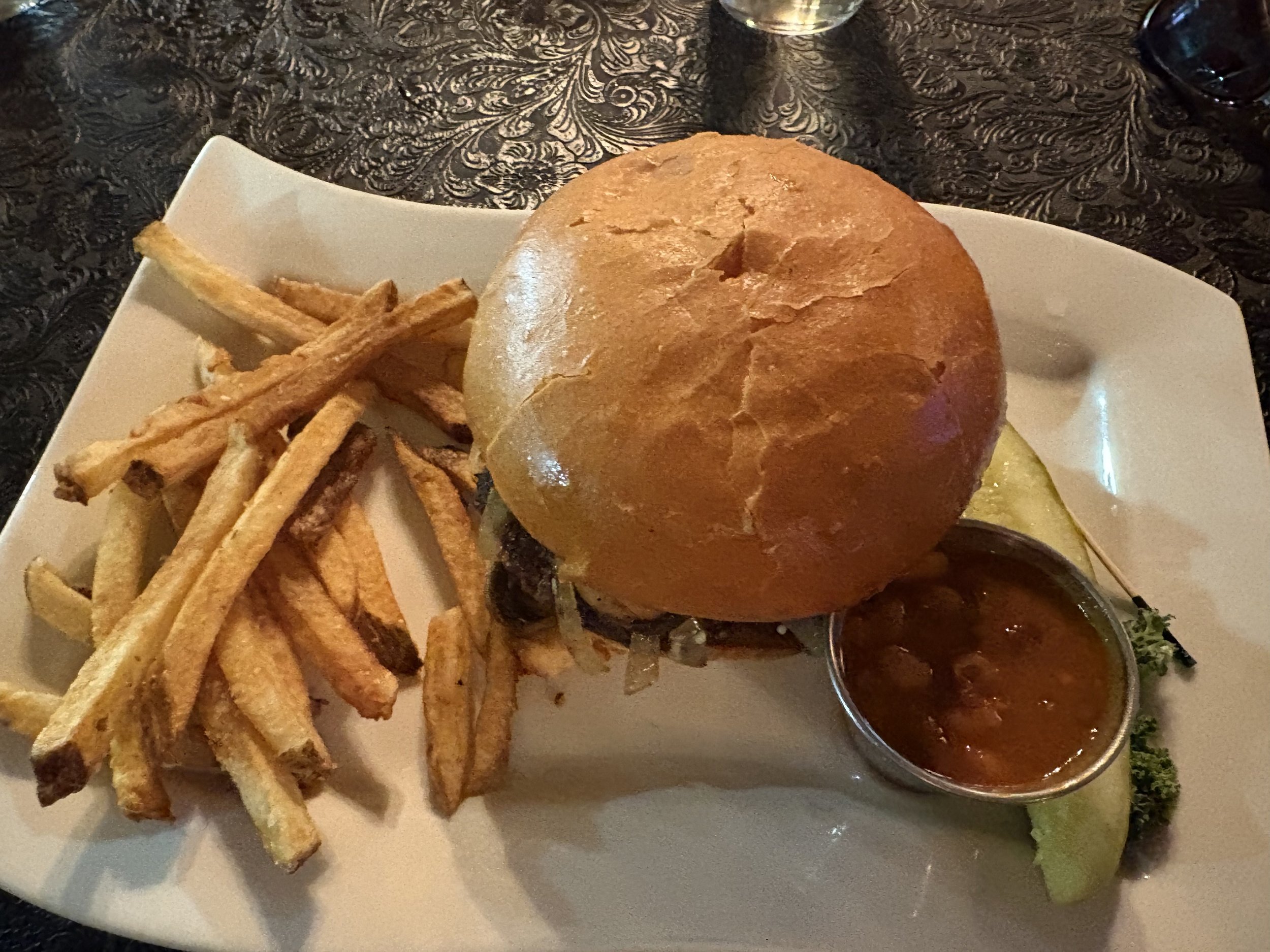Everett Gardening: Seeds 101
Editor’s Note: Originally published May 5, 2020.
Contributor Call: Would you like to submit a guest post for the blog? If you have some delightful value to share with your Everett neighbors, we’d love to hear about it.
Starting seeds can seem daunting if you’ve never witnessed the success of germination and in some ways, it requires an act of trust. If you don’t know where to begin, I hope these steps will inspire you to try so you can experience the exhilaration of watching seeds grow into healthy plants.
I recommend that you not start seeds inside. Seedlings struggle for sunlight and will likely produce “leggy” plants more susceptible to fungus, disease or predators if they survive being transplanted outdoors. Not much is gained by starting seeds next to a sunny window.

Seed packets // Brittney Rourke
Instead, simply start your seeds outside. Seeds started this way experience natural elements like sun, wind and rain which increases their vigor, and they won’t need to be gently acclimated to outdoor temperatures before transplanting.
Reference the Maritime Northwest Garden Guide to decide what to plant each month. By April and May it’s safe to start a lot of different crops, but not all. It’s still too soon for cucumbers, squashes and other heat-loving plants. I recommend growing tomatoes only from starts, not from seed.

Garlic in Feb. armored with hardware cloth // Brittney Rourke
When planting pea seeds I use a couple sections of aluminum rain gutter. For just about everything else, I use seed cells with a bottom tray to start seeds outside. Almost any container with good drainage will work, including old yogurt containers or something similar (poke some holes in the bottom).
For seeds such as lettuce, fennel, green onions and herbs, fill seed cells with potting soil, sow one or two seeds per cell and cover lightly with more potting soil according to the seed packet instructions. Then you must armor...
Armoring is an important step. It can make or break success. I armor my gutters and seed trays with leftover material from around the garden like hardware cloth or chicken wire scraps. This keeps squirrels, birds and trespassing cats from digging up the freshly planted seeds. Once the seedlings sprout defend them with Sluggo to keep slugs and snails from devouring tender starts.

Seed cells armored with hardware cloth // Brittney Rourke
The first two leaves a seed produces are called cotyledons. They feed the seed and eventually drop off. The next two leaves are called true leaves. Once the seedlings have produced a few sets of true leaves and developed a strong root system (check the bottom of the container. Are roots visible?) it’s time to transplant.
An old butter knife works well to gently nudge seedlings out of containers. Hold them by the soil and roots rather than the tender stem or true leaves. Transplant into soil amended with compost and fertilizer, then armor the seedlings with more Sluggo. Do you see a pattern? You have to actively defend your plants.

Armored like Fort Knox // Brittney Rourke
For crops in the root family: beets, radishes or carrots directly sow them where they will mature because they resent being transplanted. Armor these with row cover fabric and anchor with homemade staples. The goal is the same: to keep pests from digging up seeds. If you don’t have row cover you could use more hardware cloth or chicken wire, but row cover provides extra heat insulation. Seeds emerge faster and stronger with this method. Remove the row cover after the seedlings have developed many true leaves and are pushing up against the row cover. Then, you guessed it: armor with more Sluggo.
If you do one thing in the garden this season, make sure you have a big container of Sluggo ready.
Check out our other Everett gardening articles.

Brittney Rourke is always planning her next meal. When she’s not in the kitchen or cultivating her year-round garden, you can probably find her at the YMCA working out with friends.
